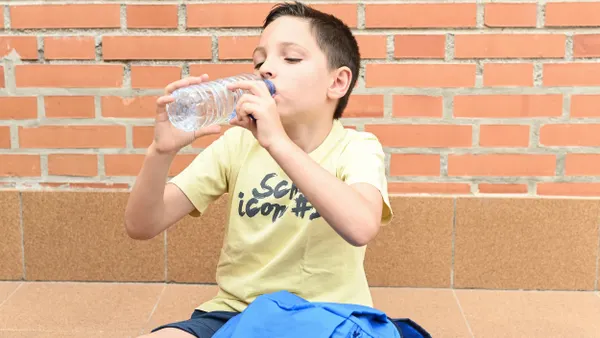Dive Brief:
- The City of Chicago will pilot two programs to limit the environmental impact of water pipeline repair construction, particularly by not requiring the excavation of trees in neighborhoods. The programs were announced Friday amid outcry from residents and city aldermen over tree removal.
- One technique, known as cured-in-place pipe (CIPP) will place a resin-soaked textile liner tube in an existing pipe. Once it hardens, it forms a corrosion-resistant replacement pipe, and can be inserted without excavating the entire length of the pipe.
- The second program will explore the use of different pipe lining materials for private drains that run from houses to the sewer main, typically crossing parkways and requiring tree removal for repair.
Dive Insight:
As cities step up their work to repair and replace aging water infrastructure, they must also limit the impact of those operations. In Chicago, where the city has replaced 716 miles of water mains since 2012, that discussion has largely centered around the removal of trees.
In July, more than 30 city aldermen introduced an ordinance asking that the city explore less invasive repair methods after residents of the Edgewater neighborhood complained about the removal of trees that were planted above water lines, reports WBEZ.
The city tested CIPP in 2017, according to WBEZ, but did not move forward (the contractor at the time reportedly said the pilot was not executed properly). The technique has also been used in cities like Toronto for years, and has some Chicago suburbs have successfully employed the solution. When used properly, CIPP only requires that holes be dug at each end of the pipe, since the resin material can be inserted with water or air pressure.
"All cities are different, all locations are different," but that the techniques should help Chicago limit the impact of future repair, a city official told Smart Cities Dive. The new pilot will be overseen by independent consultants, who will analyze results and make recommendations by the end of 2020. The techniques will be assessed for cost, water quality impacts and feasibility, including seeing what materials might work best for Chicago's existing infrastructure.









